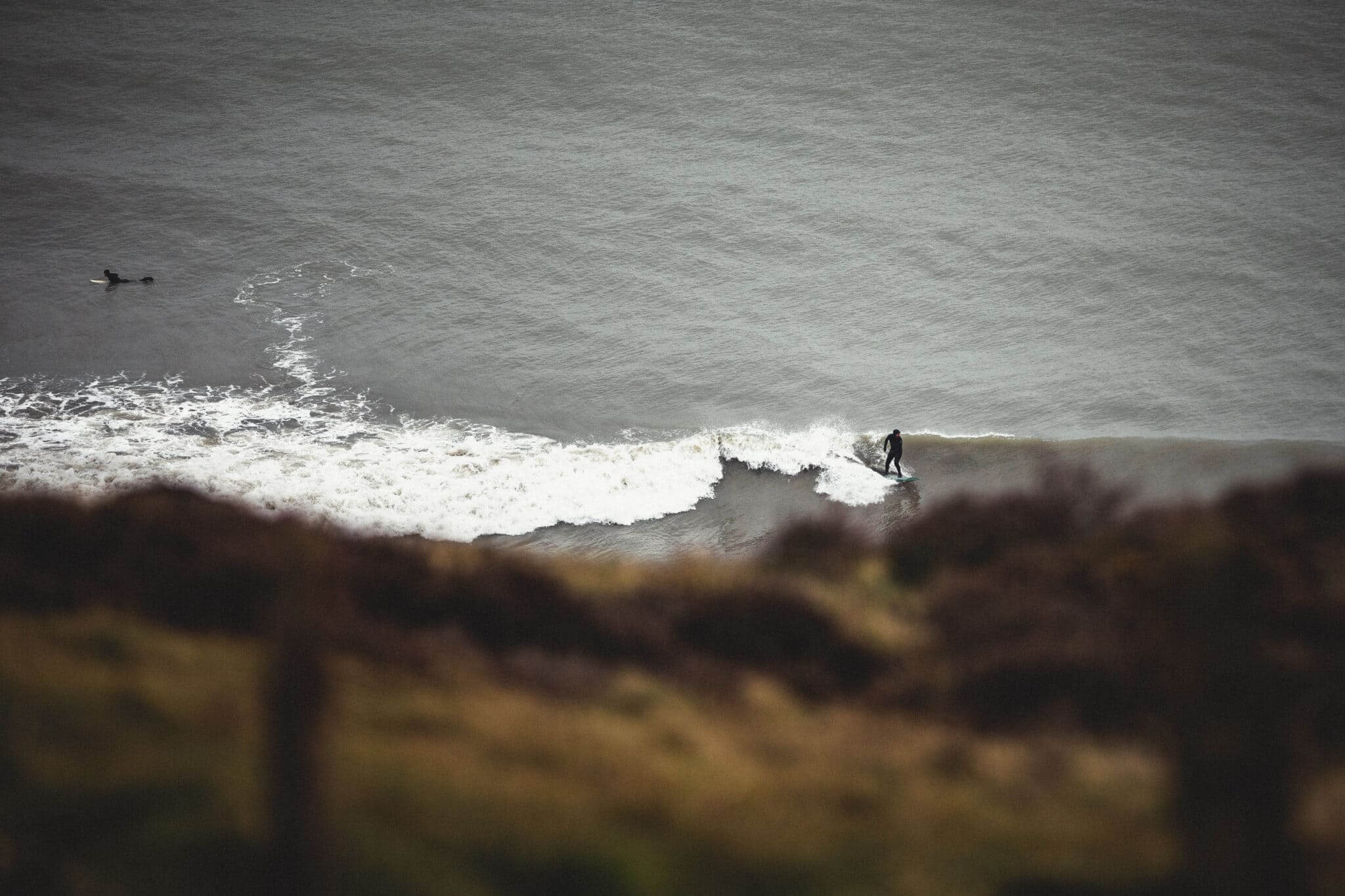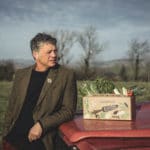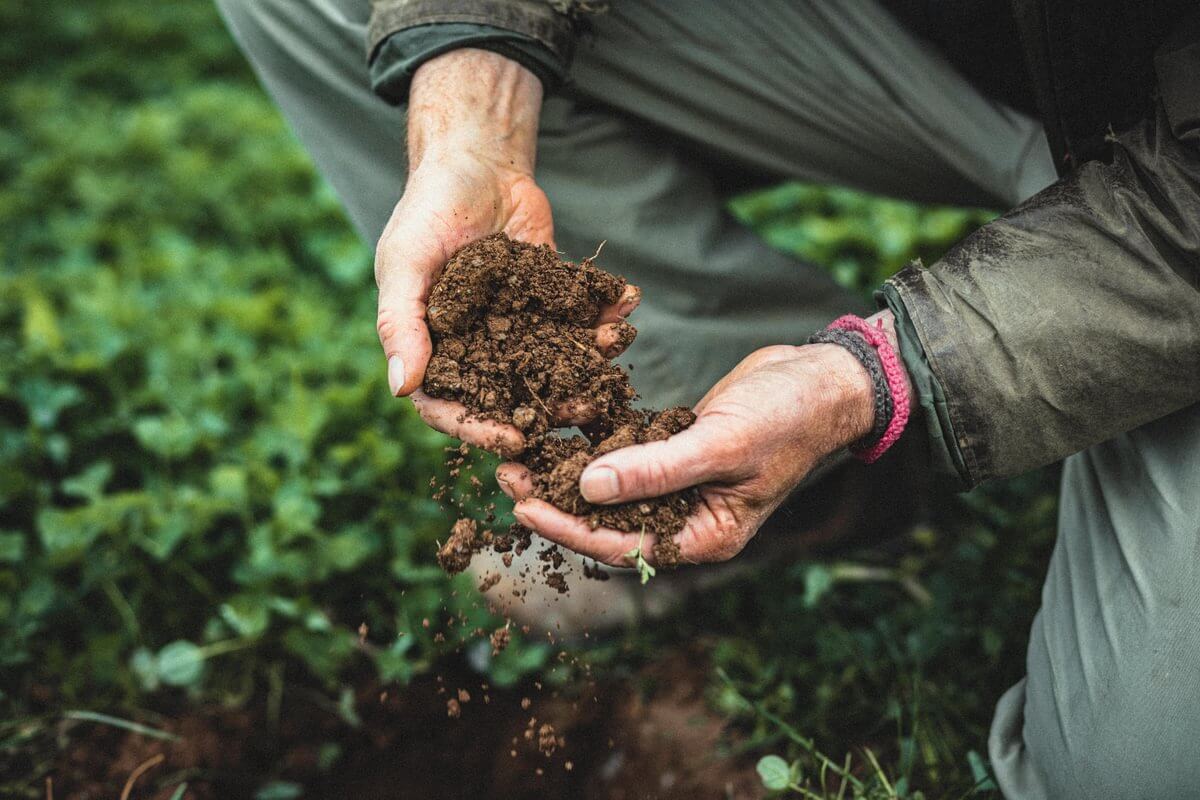Sat on my surfboard off Devon’s most southerly beach, I am struck by how much the use of the land above the cliffs has changed since my first visits here as a child. Enclosure of these small, exposed, steep, south-facing fields started in the Bronze Age; the earliest fields were enclosed with vertical standing ‘orthostat’ stones. The effort required to farm such land with only rudimentary tools is a testimony to the motivating power of hunger. Food can be grown just about anywhere, if it is valued highly enough, and if social and political stability allows farmers to invest.
By the 1960s, when my parents brought five children here in a Morris Traveller between morning and afternoon milkings, the better fields were used to grow early potatoes and winter cauliflower. The warming influence of the sea kept the fields free of frost, and the premium for the veg paid the extra costs of cultivating such challenging, remote fields and getting the crop to market.
Later, the costs of cultivating marginal land rose, and premiums dropped, as it became easy to truck winter veg over from Spain and Italy. Many of these fields fell to rough grazing for livestock, with scrub encroaching on the hard-won, once-prized land.
Despite the appearance of permanence, land use is constantly changing. In my lifetime, falling spend on food, and hence the need for mechanisation and scale, have driven the intensification of farming on easy land (largely in the east of the UK), and the marginalisation and sometimes abandonment of more challenging land (largely in the west). Before the Industrial Revolution, around 70 percent of the population eked out a living from farming, using only hand tools and draught animals. Now, only one percent of the population must feed the other 99 percent; a task that can only be achieved with machinery that could barely turn around in one of these thin clifftop fields.
Brexit, climate change, collapsing biodiversity, looming global food shortages, and exploitative retailers are raising more questions about land use than ever before. Perhaps these fields should be rewilded – although personally, I would miss the interplay of geology, nature, farming, and history, and the flowers and birds that have evolved with them. For me, the beauty of this view lies in the complexity and intimate scale of those interactions. No doubt many farmers could do better for their land – but we also have a lot to thank them for.
















If only the politicians could and would stop seeing people as problems, especially if they don’t fit the prescribed mould. [better not mention living in a tent on the street, had we?].
I believe that many people who are damaged by what ‘modern life’ has done to them could live healing and useful lives in small communities helping to keep these marginal fields in cultivation, with the right support of ongoing ‘benefits’ and being allowed not to ‘look for work’ in the rat race they are not suited for, led by those with enough knowledge to show them how to do it.
Small or not, those fields will be more important again as land further south becomes uselessly dry, the way the world is headed.
I know it’s in common use now Guy, but please can I make a grammatical plea to not use “sat” in the present tense? I’m sure I don’t need to remind you this is only possible in the past and correct is “sitting”.